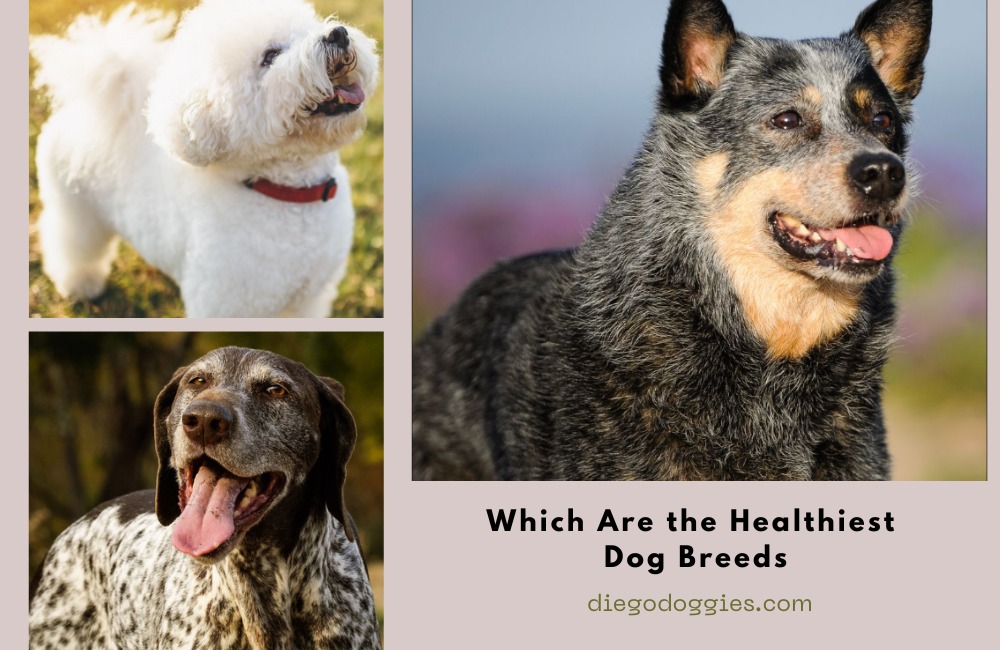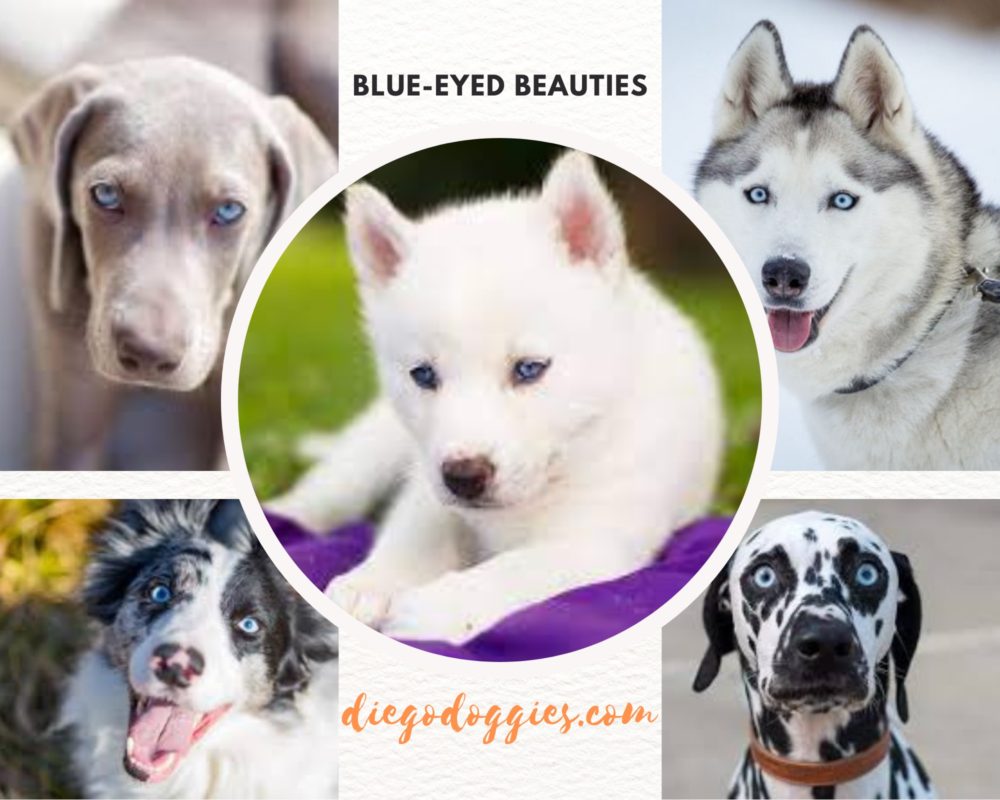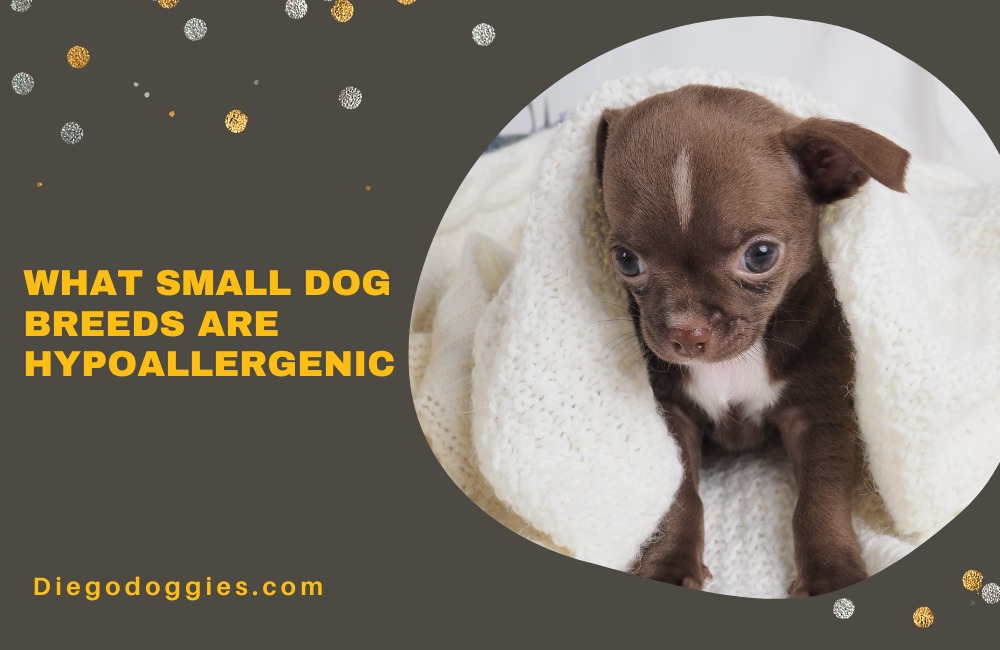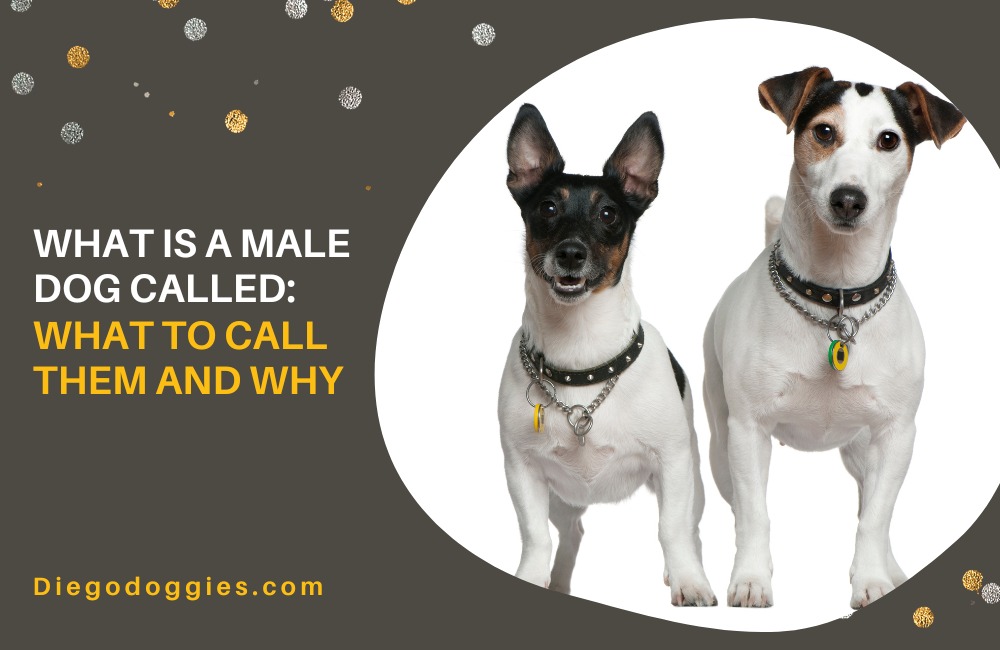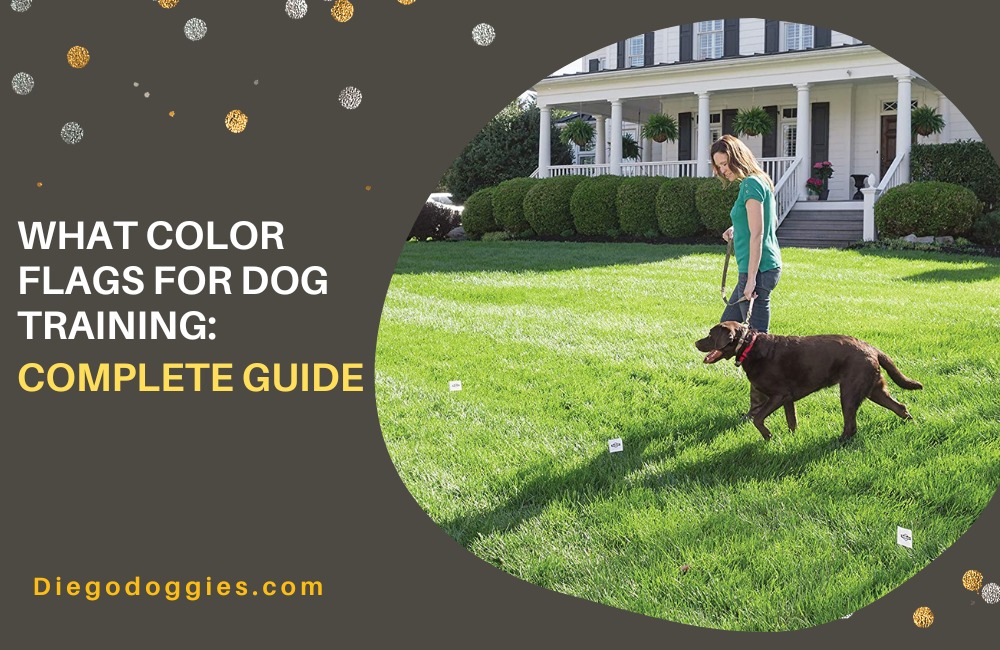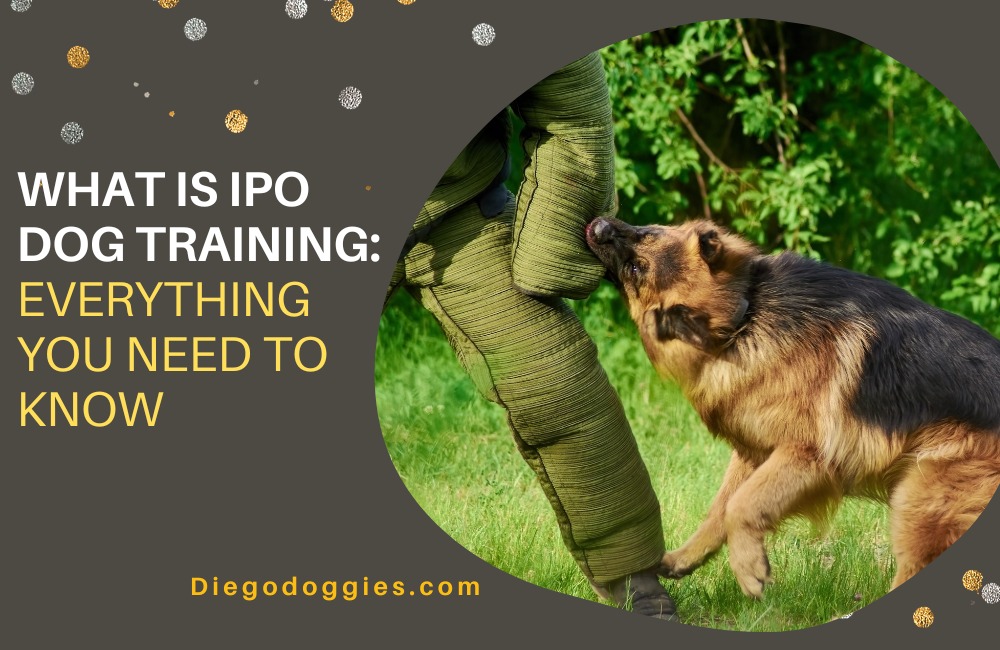Do you love spending time outdoors camping and hiking with your dog? If so, you must choose the right dogs for camping! Some of the best dogs for camping and hiking include breeds known for their high energy levels and love of the outdoors. Breeds such as Labrador Retrievers, Golden Retrievers, German Shepherds, and Border Collies are great camping companions. Not all dogs are created equal when it comes to camping and hiking. Some breeds are better suited for this type of activity than others.
In blog post will discuss the 25 best dogs for camping and hiking.
Big Dogs for Camping and Hiking
1. Australian Shepherd
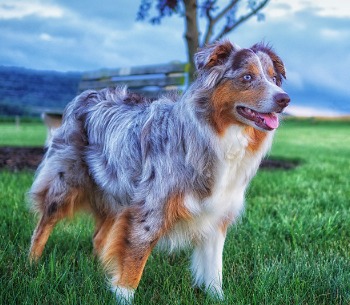
Life span: 13 – 15 years
Colors: Black, Merle, Red Merle, Red tricolor,
Black tricolor, Blue Merle, Red
Height: Male: 51–58 cm, Female: 46–54 cm
Hypoallergenic: No
Weight: Male: 25–32 kg, Female: 16–25 kg
Temperament: Intelligent, Affectionate,
Good-natured, Protective, Active
Origin: Western United States
An Aussie is the perfect hiking and camping companion. They are high energy, intelligent and very loyal. Australian Shepherds were originally bred to herd livestock, so they have a strong work ethic.
2. Border Collie
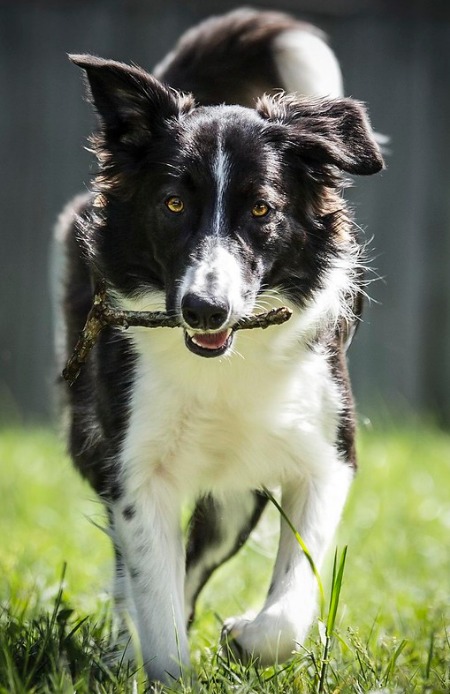
Life expectancy: 10 – 17 years
Colors: Black, White, Blue, Blue Merle, Red Merle, Lilac, Brindle, Chocolate, Liver, Sable Merle, Gold, Red
Weight: Male: 14–20 kg, Female: 12–19 kg
Height: Male: 48–56 cm, Female: 46–53 cm
Hypoallergenic: No
Temperament: Tenacious, Intelligent, Keen, Energetic,
Responsive, Loyal, Alert, Athletic
Origin: Scotland, United Kingdom, England, Ireland, Wales
If you’re looking for an energetic dog that will never say no to a hike, the Border Collie is your breed. These herding dogs are known for their endless energy and trainability.
3. Labrador Retriever
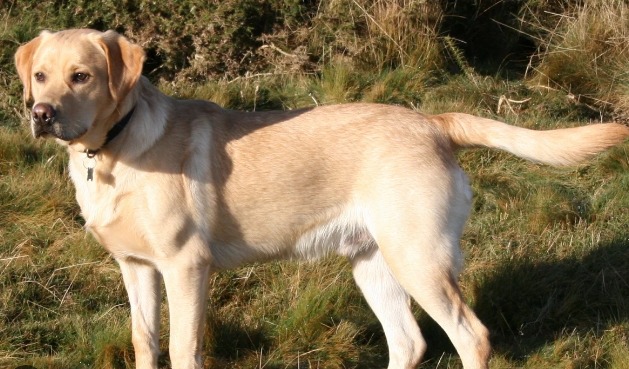
Lifespan: 10 – 12 years (Adult)
Colors: Black, Chocolate, Yellow
Weight: Male: 29–36 kg, Female: 25–32 kg
Height: Male: 57–62 cm, Female: 55–60 cm
Temperament: Even Tempered, Intelligent, Outgoing, Agile, Kind, Trusting, Gentle
Origin: Newfoundland
Labs are one of America’s most popular dog breeds, and it’s no surprise they make great hiking companions. Labs are well-rounded dogs that are good with kids and other pets. They’re also relatively easy to train.
4. Golden Retriever
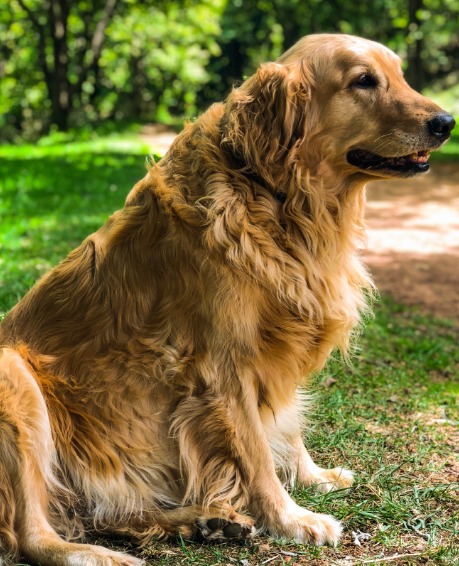
Life expectancy: 10 – 12 years
Colors: Dark Golden, Cream, Light Golden, Golden
Weight: Female: 25–32 kg, Male: 30–34 kg
Height: Female: 51–56 cm, Male: 56–61 cm
Origin: Scotland, United Kingdom, England
Temperament: Friendly, Intelligent, Reliable, Kind, Trustworthy, Confident
Like Labs, Golden Retrievers are popular family dogs that make great hiking companions. Goldens are friendly, intelligent and easy to train. They love the outdoors and will happily join you on any hike or camping trip.
5. German Shepherd
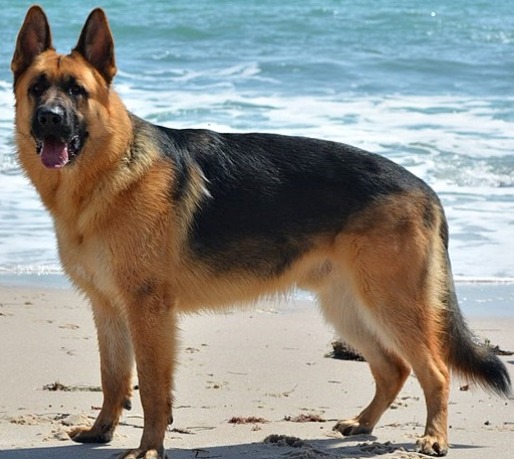
Life expectancy: 10 – 12 years
Colors: Dark Golden, Cream, Light Golden, Golden
Weight: Female: 25–32 kg, Male: 30–34 kg
Height: Female: 51–56 cm, Male: 56–61 cm
Origin: Scotland, United Kingdom, England
Temperament: Friendly, Intelligent, Reliable, Kind, Trustworthy, Confident
German Shepherds are another popular breed that makes a great hiking partner. These loyal dogs are intelligent, protective and eager to please their owners.
6. Siberian Husky
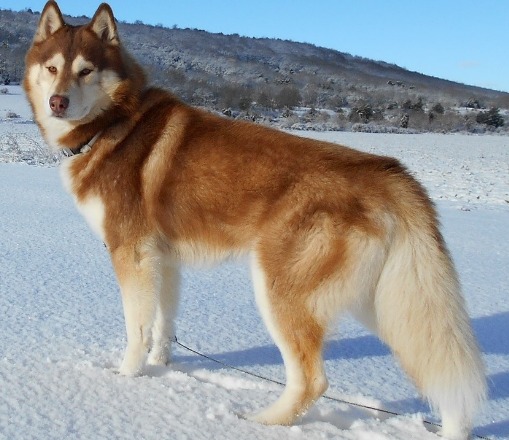
Life expectancy: 12 – 15 years
Colors: White, Black, Black & Tan, Gray & White, Black & White, Silver-gray, Sable & White, Red & White, Grey
Height: Female: 51–56 cm, Male: 53–60 cm
Weight: Female: 16–23 kg, Male: 20–27 kg
Origin: Siberia
Temperament: Friendly, Intelligent, Outgoing, Alert, Gentle
Siberian Huskies are known for their thick fur coats, which make them well-suited for cold-weather hikes. Huskies are also high-energy and very intelligent. They were originally bred as working dogs, so they have a strong work ethic.
7. Vizsla
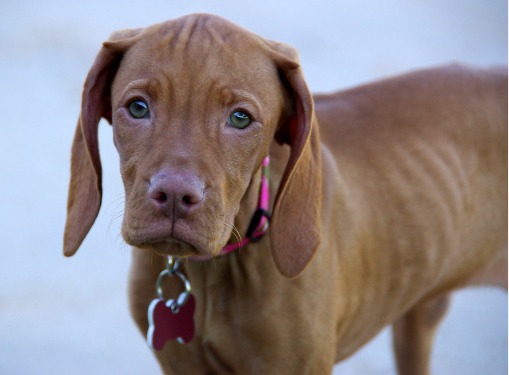
Life expectancy: 12 – 15 years
Weight: Male: 20–29 kg, Female: 18–25 kg
Height: Male: 56–64 cm, Female: 53–61 cm
Colors: Golden Rust, Red Golden, Golden
Origin: Hungary
Temperament: Affectionate, Energetic, Loyal, Quiet, Gentle
Vizslas are one of the best breeds for outdoor activities. These hunting dogs are high-energy and strong desire to please their owners.
8. Weimaraner
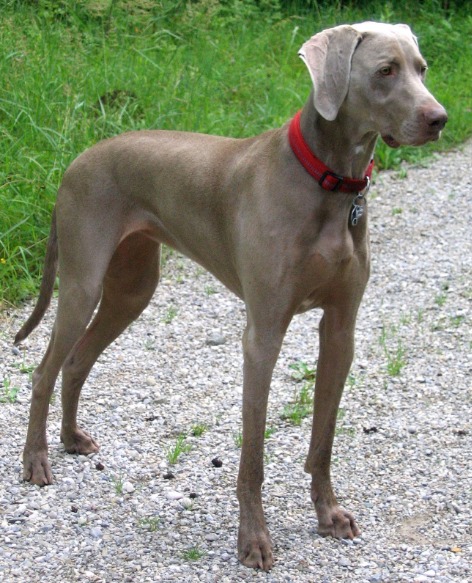
Life expectancy: 11 – 14 years
Colors: Silver-gray, Mouse-gray, Silver
Height: Female: 59–63 cm, Male: 62–67 cm
Weight: Female: 25–35 kg, Male: 30–40 kg
Temperament: Steady, Powerful, Stubborn, Aloof, Intelligent, Energetic, Alert, Fast
Origin: Germany
Weimaraners were originally bred as hunting dogs, so it’s no surprise they make great hiking companions. These dogs are high-energy, loyal and intelligent. They require a lot of exercise, so a hike is perfect for them.
9. Alaskan Malamute

Life expectancy: 10 – 12 years
Height: Female: 56–61 cm, Male: 61–66 cm
Weight: Female: 32–38 kg, Male: 36–43 kg
Colors: Gray & White, Seal & White, Sable & White, Black & White, White & Chocolate, Red & White
Origin: Alaska
Temperament: Friendly, Devoted, Affectionate, Dignified, Loyal, Playful
The Alaskan Malamute is another breed originally bred for work. These dogs are known for their strength and endurance. Malamutes are also very intelligent and independent. They require a lot of exercise, making them ideal hiking partners.
10. Bernese Mountain Dog
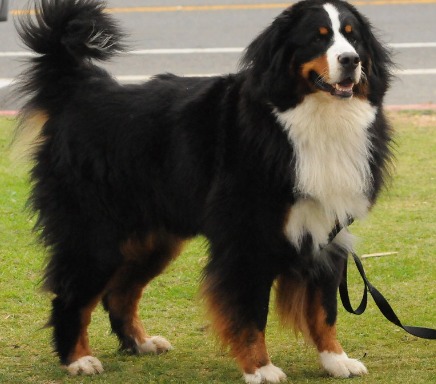
Life expectancy: 6 – 8 years
Temperament: Intelligent, Affectionate, Loyal, Faithful
Height: Male: 64–70 cm, Female: 58–66 cm
Weight: Male: 38–50 kg, Female: 36–48 kg
Origin: Switzerland
Color: Black tricolor
Hypoallergenic: No
The Bernese Mountain Dog is a large breed known for its strength and stamina. These dogs were originally bred to haul milk carts, so they’re more than capable of handling a hike. Bernese Mountain Dogs are also loyal and good with kids.
11. Rhodesian Ridgeback
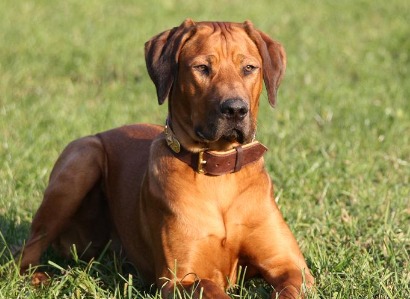
Life expectancy: 10 – 12 years
Height: Female: 61–66 cm, Male: 63–69 cm
Weight: Female: 29–34 kg, Male: 36–41 kg
Colors: Red Wheaten, Light Wheaten, Wheaten
Origin: Rhodesia, South Africa, Zimbabwe
Hypoallergenic: No
Temperament: Sensitive, Mischievous, Intelligent, Dignified, Loyal, Strong Willed
The Rhodesian Ridgeback is a large breed originally bred in Africa to hunt lions. These dogs are powerful and athletic, making them great hiking companions. They’re also loyal and protective, which makes them good family dogs.
Small Dogs for Camping and Hiking
12. Beagle
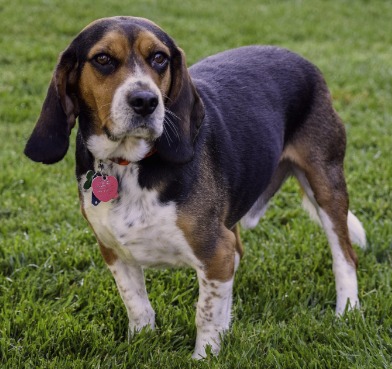
Life expectancy: 12 – 15 years
Colors: Lemon & White, Tri-color, White & Tan, Chocolate Tri, White & Chocolate, Red & White, Orange & White
Height: Male: 36–41 cm, Female: 33–38 cm
Weight: Male: 10–11 kg, Female: 9–10 kg
Hypoallergenic: No
Temperament: Amiable, Even Tempered, Intelligent, Determined, Excitable, Gentle
Origin: United Kingdom, England, Great Britain
Beagles are small but mighty dogs that love to explore the great outdoors. These hound dogs have a lot of energy and can keep up with even the most active hikers.
13. Boston Terrier
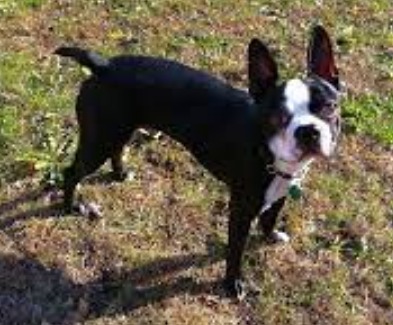
Life span: 13 – 15 years
Temperament: Friendly, Lively, Intelligent
Colors: Brindle & White, Black & White, Seal & White
Mass: 4.5 – 11 kg
Height: 38 – 43 cm (At the withers)
Hypoallergenic: No
Origin: United States
Boston Terriers are small but feisty dogs that make great hiking companions. These smart dogs are easy to train and love spending time with their human families.

14. Boxers
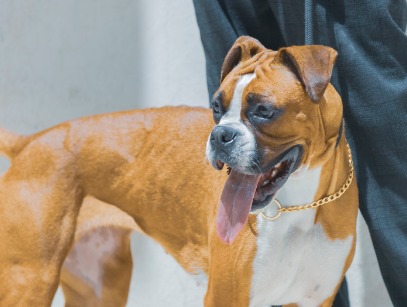
Life expectancy: 10 – 12 years
Temperament: Bright, Friendly, Devoted, Intelligent, Energetic, Cheerful, Loyal, Fearless, Confident, Playful, Calm, Brave
Height: Female: 53–60 cm, Male: 57–63 cm
Weight: Female: 25–29 kg, Male: 27–32 kg
Colors: White, Brindle, Fawn
Origin: Germany
Hypoallergenic: No
Although they’re not as small as some of the other breeds on this list, Boxers are still considered small. These powerful dogs were originally bred for hunting, so they have a lot of energy and stamina. Boxers weigh anywhere from 50 to 80 pounds.
15. Cavalier King Charles Spaniel

Life expectancy: 9 – 14 years
Colors: Blenheim, Black & Tan, Tri-color, Ruby
Hypoallergenic: No
Mass: 5.9 – 8.2 kg (Male, Adult), 5.9 – 8.2 kg (Female, Adult)
Height: 30 – 33 cm (Male, Adult), 30 – 33 cm (Female, Adult)
Temperament: Playful, Affectionate, Sociable, Fearless, Patient, Gentle, Adaptable, Graceful
Origin: United Kingdom
The Cavalier King Charles Spaniel is a small breed that’s known for its friendly demeanor. These dogs make great hiking companions because they’re easy to train and love spending time outdoors.
16. Chihuahua
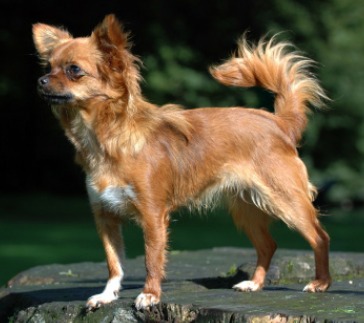
Life expectancy: 12 – 20 years
Origin: Mexico
Mass: 1.5 – 3 kg
Temperament: Devoted, Lively, Alert, Aggressive, Quick, Courageous
Height: 15 – 23 cm
Colors: Black, White, Fawn, Chocolate, Cream, Gold
Hypoallergenic: No
Chihuahuas are one of the smallest breeds of dogs but also one of the most versatile. These energetic little dogs can keep up with even the most active hikers. They’re also easy to carry, making them ideal hiking partners.
17. Cocker Spaniel
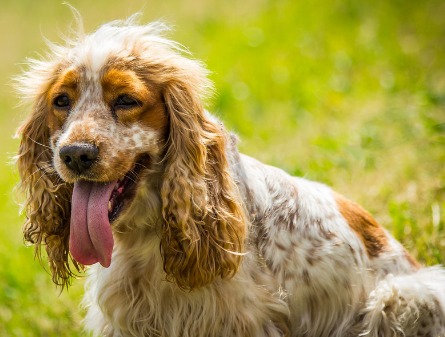
Lifespan: 11 – 12 years
Height: English Cocker Spaniel: 39 – 41 cm, American Cocker Spaniel: 34 – 39 cm
Weight:13 – 14 kg,
American Cocker Spaniel: 11 – 14 kg
Cocker Spaniels are small but mighty dogs that make great hiking companions. These loyal dogs are easy to train and love spending time outdoors.
18. Bulldog
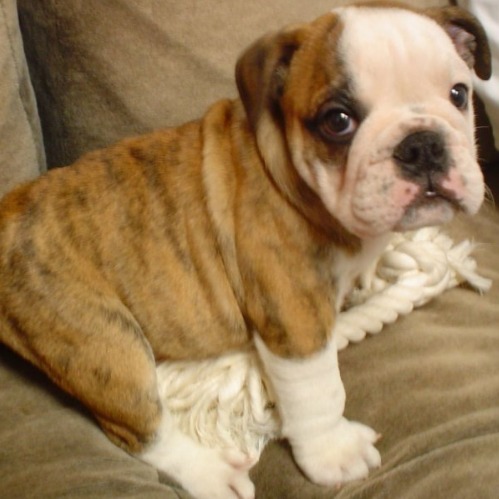
Life expectancy: 8 – 10 years
Colors: White, Fawn, Piebald, Brindle & White, Fawn & White, Red & White, Red, Red Brindle
Weight: Female: 18–23 kg, Male: 23–25 kg
Height: Female: 31–40 cm, Male: 31–40 cm
Temperament: Willful, Docile, Friendly, Gregarious
Origin: United Kingdom, England
Hypoallergenic: No
Bulldogs may not be the first breed you think of when you think of hiking, but they can make great trail buddies. These strong, muscular dogs enjoy walks and hikes and are also very loyal to their owners. Bulldogs are known for being gentle, loving and easygoing family pets.
They make great hiking and camping companions because of their even temperament and love of adventure. Bulldogs are medium-sized dogs, weighing 40 and 50 pounds, with short, wrinkled coats that come in various colors, including brindle, fawn, white and red.
19. Jack Russell Terrier
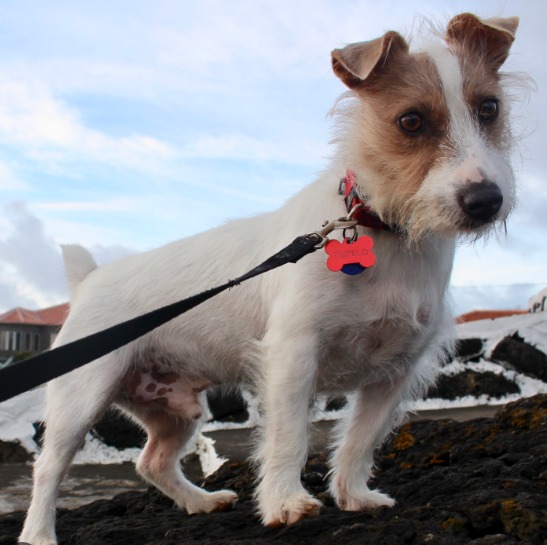
Life expectancy: 13 – 16 years
Mass: 6 – 8 kg (Adult)
Height: 25 – 38 cm (Adult, At the withers)
Temperament: Stubborn, Intelligent, Energetic, Fearless, Clownish, Athletic, Vocal
Colors: White, White & Tan, Black & White
Origin: England
Jack Russell Terriers are small but feisty dogs that make great hiking companions. These smart dogs are easy to train and love spending time with their human families.
20. Dachshund
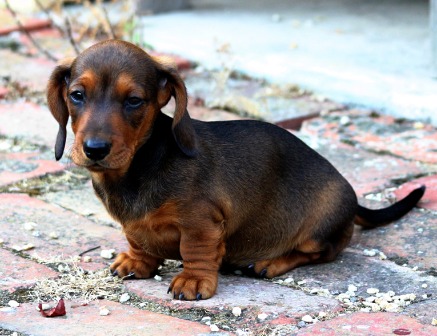
Life span: 12 – 16 years
Temperament: Clever, Stubborn, Devoted, Lively, Independent, Active, Playful, Courageous
Hypoallergenic: No
Colors: Black, Chocolate & Tan, Black & Tan, Chocolate & Cream, Blue & Tan, Cream, Tan, Red
Origin: Germany
Dachshunds may not be the most obvious choice for a hiking dog, but they’re quite well-suited for the activity. These small dogs have a lot of energy and stamina and love spending time outdoors.
21. Pomeranian
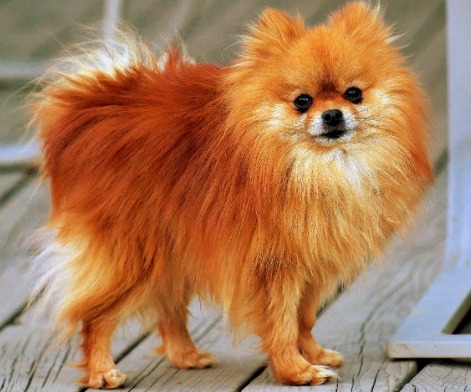
Life expectancy: 12 – 16 years
Hypoallergenic: No
Colors: White, Black, Red, Blue, Cream, Grey-shaded, Tan
Height: 20 cm (Adult)
Origin: Germany, Poland
Mass: 1.9 – 3.5 kg (Adult)
Temperament: Playful, Extroverted, Friendly, Sociable, Intelligent, Active
Pomeranians are another small breed that makes a great hiking companion. These adorable dogs are full of energy and love spending time outdoors.
22 Miniature Pinschers
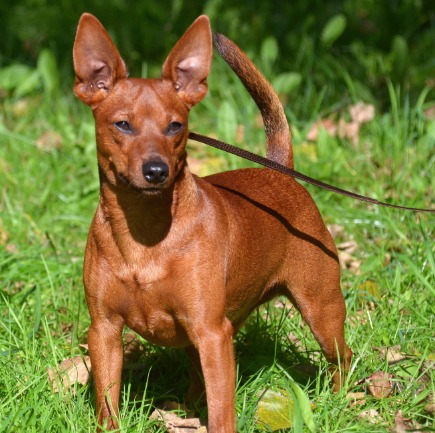
Lifespan: 12 – 16 years
Colors: Black & Rust, Stag Red, Black & Tan, Chocolate & Rust, Chocolate & Tan, Red
Weight: Male: 4–5 kg, Female: 3.5–5 kg
Height: Male: 25–30 cm, Female: 25–28 cm
Hypoallergenic: No
Origin: Germany
Temperament: Clever, Playful, Outgoing, Friendly, Energetic, Assertive, Responsive, Independent, active
Miniature Pinschers are small but feisty dogs that make great hiking companions. These smart dogs are easy to train and love spending time with their human families.
23. Papillon
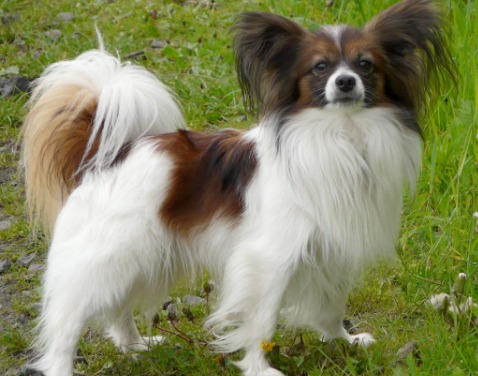
Life expectancy: 13 – 15 years
Hypoallergenic: No
Mass: 3.6 – 4.5 kg (Male, Adult), 3.2 – 4.1 kg (Female, Adult)
Colors: White, Black & White, White & Chocolate, Sable, Fawn & White, Red & White
Height: 20 – 28 cm (Male, Adult, Female), 20 – 28 cm (Female, Adult, Male)
Origin: France, Belgium, Spain
Papillons are small but mighty dogs that make great hiking companions. These intelligent dogs are easy to train and love spending time with their human families.
24. Dalmatian
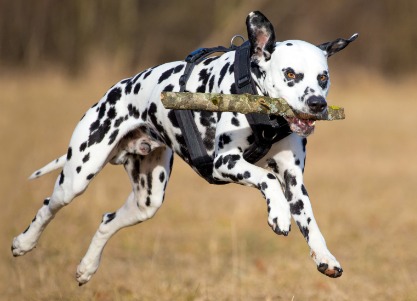
Life span: 10 – 13 years
Height: Female: 56–58 cm, Male: 58–61 cm
Weight: Female: 16–24 kg, Male: 15–32 kg
Origin: Croatia
Colors: Liver & White, Black & White
Temperament: Friendly, Intelligent, Energetic, Outgoing, Sensitive, Active, Playful
Hypoallergenic: No
Dalmatian is a medium-sized breed known for its spotted coat. These dogs are active and athletic, making them great hiking partners. Dalmatians are also very intelligent and easy to train.
25. Yorkshire Terrier
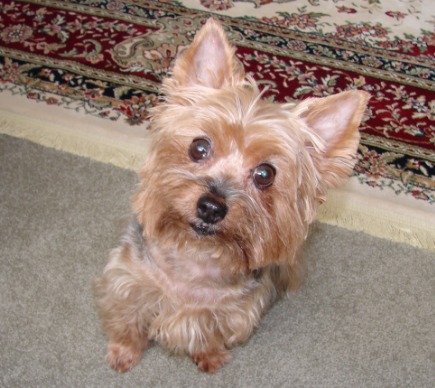
Life expectancy: 13 – 16 years
Hypoallergenic: Yes
Height: 18 – 23 cm (Male, Adult, At Shoulder)
Colors: Blue & Tan, Black & Tan, Black & Gold, Blue & Gold
Temperament: Bold, Intelligent, Independent, Confident, Courageous
Origin: England
Weight: 4 to 7 lbs
Yorkshire Terrier is a small breed of dog that originates from the county of Yorkshire in England. These energetic little dogs make great hiking companions and are easy to carry.
Some dogs may be better suited for longer hikes, while others may prefer shorter walks or playtime in camp. It is also important to ensure your dog is well-trained and obedient, as this will make for a more enjoyable trip for you and your dogs.
What are the best foods to take camping with dogs?
When you’re packing your car for a camping trip, the last thing you want to worry about is whether or not you have enough dog food. Just like people, dogs need the proper nutrition to fuel their bodies for all of the activities they’ll be doing while hiking and camping.
But with all of the different brands and types of dog food on the market, it can be hard to decide which one is right for your pup.
Answers to Common Questions about Taking Dogs Camping
Conclusion
After reading this article, you should have a better understanding of the best dogs for camping and hiking. If you are planning to take your dog with you on your next hike or camping trip, be sure to choose a breed that will enjoy it as much as you do!
Related Contents
- 11 Important Tips To Help Your Dog Lose Weight and Become Healthier
- 11 Types of Dog Tails and What They Mean
- 12 Swimming Safety Tips for Your Dog
- 14 Ways to Help Keep Your Dog Happy and Healthy
- 15 Tips to Keep Your Senior Dog Healthy As They Age
- 17 Tips for Hiking and Backpacking With A Dog
- 5 Reasons Why Your Dog Needs a Dog Life Jacket
- A Step-By-Step Guide To Removing A Tick From Your Dog
- Can A Dog Sleep In A Soft Crate
- Collars Versus Harnesses for French Bulldogs
- Cutting a Dog’s Nails: How to Prevent Bleeding
- Dachshund Health Problems and How to Prevent Them
- Dog Itchy Skin Home Remedies
- Dog Obesity: How to Help Your Dog Lose Weight and Stay Healthy
- Dog Pregnancy Guide: Signs, Care And Preparation
Image Created: Wikimedia.com and flicker.com







